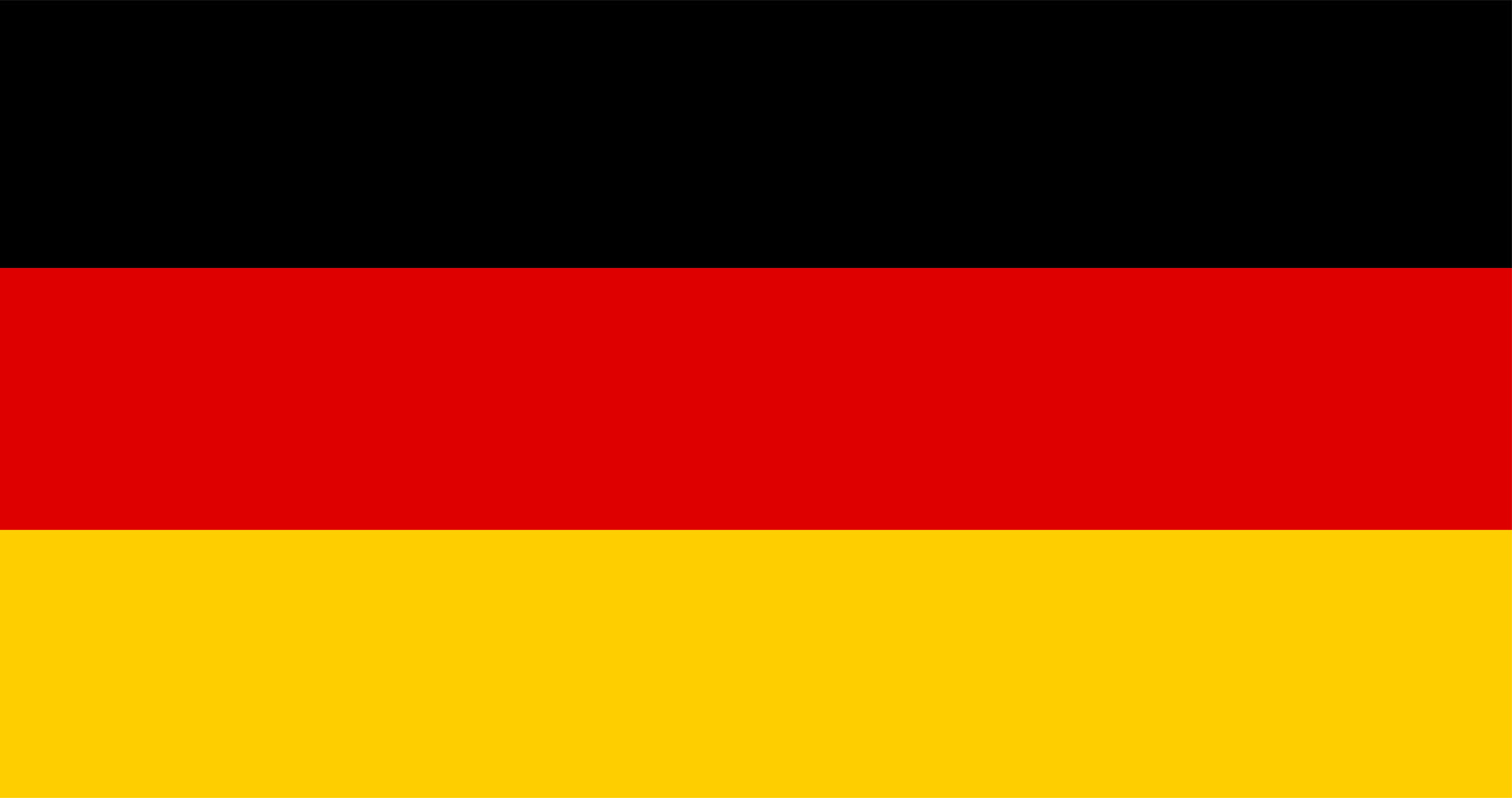Paranasal sinus
If you suffer from a feeling of pressure, chronic pain in your face or a disturbance in your sense of smell, the cause may be a sinus disorder. Most common are inflammations of the maxillary sinus, the frontal sinus or the ethmoid cells located between the two eyes. More rarely, the sphenoid sinus, which is located further down, is affected. Nasal endoscopy is part of the ENT examination. This can be carried out comfortably and painlessly using fine endoscopes. If a paranasal sinus CT scan also reveals a pathological change, the disease can often be cured by minimally invasive surgery (MIS). With minimally invasive surgery, diseased tissue can be gently and carefully removed through the nostril. It is not uncommon for symptoms to be completely cured or significantly alleviated.
Frequently asked questions
Here we answer the most frequently asked questions
High blood pressure medication, antidepressants and opioids can lead to
lead to dry mouth. However, dry mouth can also be caused by
medication can be strengthened.
The flow of saliva is important for the mucous membranes of the mouth
and throat. If too little saliva is produced, this can lead to noticeable and
disturbing changes in the oral mucosa: Taste disturbances,
Changes in speech, dry mouth, burning tongue, dry mouth
Lips, bad breath and difficulty swallowing.
A cholesteatoma is often caused by an inflammation of the middle ear or a malfunction of the Eustachian tube. This usually results in negative pressure in the middle ear. A so-called epitympanal retraction of the eardrum can occur.
Normally, the Eustachian tube conducts air from the back of the nose into the middle ear. This regulates the normal pressure in the middle ear. An allergic reaction, a cold, a cleft lip and palate, radiation or sinusitis can impair the normal function of the Eustachian tube. A vacuum can develop in the middle ear. The vacuum created sucks in parts of the eardrum that have been weakened by inflammation. This can then be the precursor of a cholesteatoma. Very rarely, there are also congenital cholesteatomas. However, the most common cause of cholesteatomas is ear infections.
Parking spaces are now available free of charge at the HNO-Center Lucerne. Just ask about the new parking facilities behind the practice if you have an appointment during consultation hours. We will be happy to help you.
In the practice on Hünenbergstr. we have a practice operating theater that we only use for minor procedures. In principle, we perform all surgical procedures either as outpatients at the Villa Eiche Day Clinic or as inpatients at the Obwalden Cantonal Hospital.
First of all, the exact diagnosis must be determined. When
another disease is the cause of the dry mouth, the first thing to do is to
the other disease can be treated. If you have diabetes mellitus, you must
the blood sugar level must be adjusted first. If there is a
nasal septum curvature is present, then you should consult a specialist for
Ear, nose and throat diseases discussed about a nasal partition correction
become. Drinking plenty of fluids also has a positive effect, as does the
Use of a humidifier. In the case of nicotine consumption, nicotine consumption should also be
be stopped.
The body produces antibodies that can be detected in the blood. The antibodies against Sjögren’s syndrome can be determined with a blood test.
(SS-A and SS-B antibodies). Through a microscopic examination
a tissue sample taken from the inside of the lips, the specialist for
ear, nose and throat diseases can prove the diagnosis of Sjögren’s syndrome.
The causes of dry mouth can vary.
As part of the natural ageing process, the number and quality of
of the saliva-producing cells. Obstructed nasal breathing can also be a
Increase dry mouth. Occasionally, dry mouth is also a
Symptom of another disease. Saliva production may be reduced
for autoimmune diseases, diabetes mellitus, hepatitis C,
Parkinson’s disease, Alzheimer’s disease and HIV. Also hormonal causes (menopause)
or nicotine abuse can lead to a dry mouth. In Sjögren’s syndrome
dry mouth is often accompanied by dry eyes.
Sometimes nodules can develop in the thyroid gland. The growth
the knot can sometimes be slow or fast. Patients who have a
have undergone radiotherapy in the head or neck area are particularly prone to
to develop thyroid disease. If the nodes are
growth, it is usually advisable to surgically remove the
thyroid gland.
A thyroid dysfunction or a thyroid nodule is called
diagnosed by taking a medical history and performing an examination.
is carried out. In particular, your doctor will examine your throat and
ask you to lift your chin to allow the thyroid gland to protrude more.
During the examination you will be asked to swallow, which will
helps to feel the thyroid gland and the nodules in it. Depending on
If necessary, arrange for further investigations. In most cases, an ultrasound examination
of your neck and thyroid and laboratory tests of the thyroid gland.
blood to check thyroid function. Likewise, a
thyroid scintigraphy with radioactive iodine may be necessary. Your
doctor performs a fine-needle examination of the thyroid gland, an X-ray examination of the
chest or, in rare cases, computerized tomography or MRI examination for
consider necessary
Uvulo-palato-pharyngoplasty (UPPP) is a surgical procedure that is used to treat severe snoring caused by sleep apnea. The procedure is based on shortening the loose tissue of the palate, in particular the elongated uvula (uvula of the palate). The aim of the operation is to tighten the soft palate on the one hand and to shorten the soft palate while preserving the natural soft palate muscle (uvulae muscle) on the other. The front of the mucous membrane of the uvula is removed and sutured to the palate in such a way that the uvula is shortened. As a result, the uvula no longer rests on the base of the tongue. This expands the air passage. The procedure is associated with a short inpatient stay of one to three days. In very rare cases, risks may occur during this procedure. These risks include infections, bleeding, impaired wound healing, post-operative bleeding, speech impairment in the form of open nasal passages, dental damage, temporary to permanent difficulty swallowing and the very rare risk of thrombosis (embolism) during an operation under anesthesia. The ability to swallow is restricted for around 14 days after the procedure, as pain may occur. The pain will be easily treatable with medication. Antibiotic treatment is typically not necessary. In addition to these surgical measures, accompanying, non-surgical measures should be considered by the patient. In addition to these measures, it is important to maintain a healthy and sporty lifestyle in order to achieve good muscle tone and reduce weight. Medication that causes drowsiness, such as sedatives, sleeping pills or antihistamines, should no longer be taken at night. Alcohol should also be avoided as a matter of principle. You should also sleep on your side rather than on your back. A slight tilt of the head upwards usually has a positive effect. A normal sleep rhythm is just as beneficial. Alcohol should be avoided about 4 hours before going to bed and heavy meals about 3 hours before.
In principle, the insertion of nasal tamponades is not necessary when correcting the nasal septum or correcting the outer nose. How long will I be unable to work after a rhinoplasty? In the case of rhinoplasty surgery or correction of the nasal septum, the patient is usually unable to work for around 14 days.



